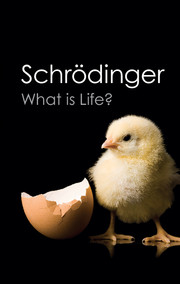Book contents
1 - THE PHYSICAL BASIS OF CONSCIOUSNESS
Published online by Cambridge University Press: 05 September 2014
Summary
THE PROBLEM
The world is a construct of our sensations, perceptions, memories. It is convenient to regard it as existing objectively on its own. But it certainly does not become manifest by its mere existence. Its becoming manifest is conditional on very special goings-on in very special parts of this very world, namely on certain events that happen in a brain. That is an inordinately peculiar kind of implication, which prompts the question: What particular properties distinguish these brain processes and enable them to produce the manifestation? Can we guess which material processes have this power, which not? Or simpler: What kind of material process is directly associated with consciousness?
A rationalist may be inclined to deal curtly with this question, roughly as follows. From our own experience, and as regards the higher animals from analogy, consciousness is linked up with certain kinds of events in organized, living matter, namely, with certain nervous functions. How far back or ‘down’ in the animal kingdom there is still some sort of consciousness, and what it may be like in its early stages, are gratuitous speculations, questions that cannot be answered and which ought to be left to idle dreamers. It is still more gratuitous to indulge in thoughts about whether perhaps other events as well, events in inorganic matter, let alone all material events, are in some way or other associated with consciousness.
- Type
- Chapter
- Information
- What is Life?With Mind and Matter and Autobiographical Sketches, pp. 93 - 102Publisher: Cambridge University PressPrint publication year: 2012

